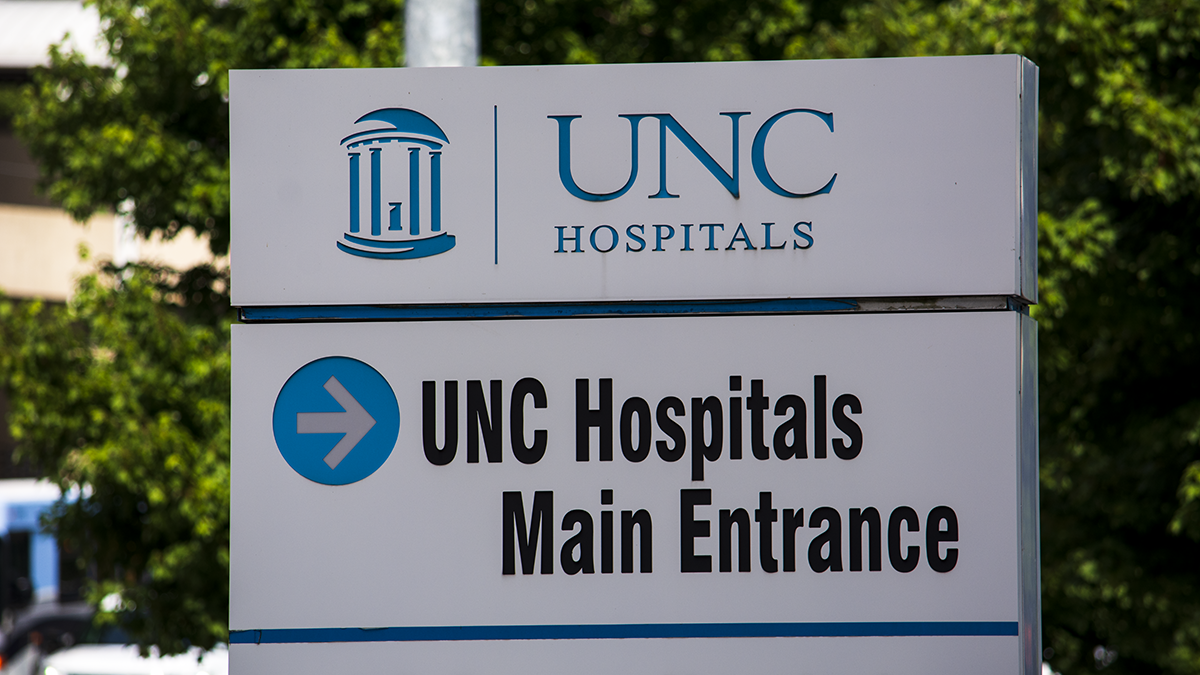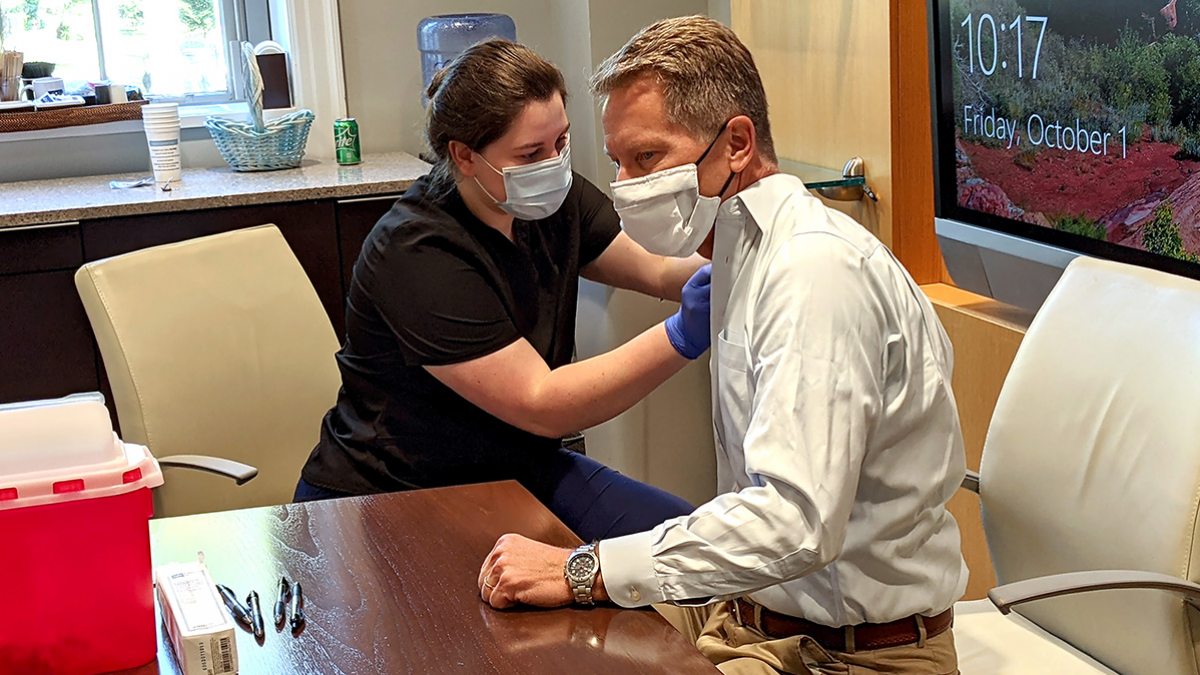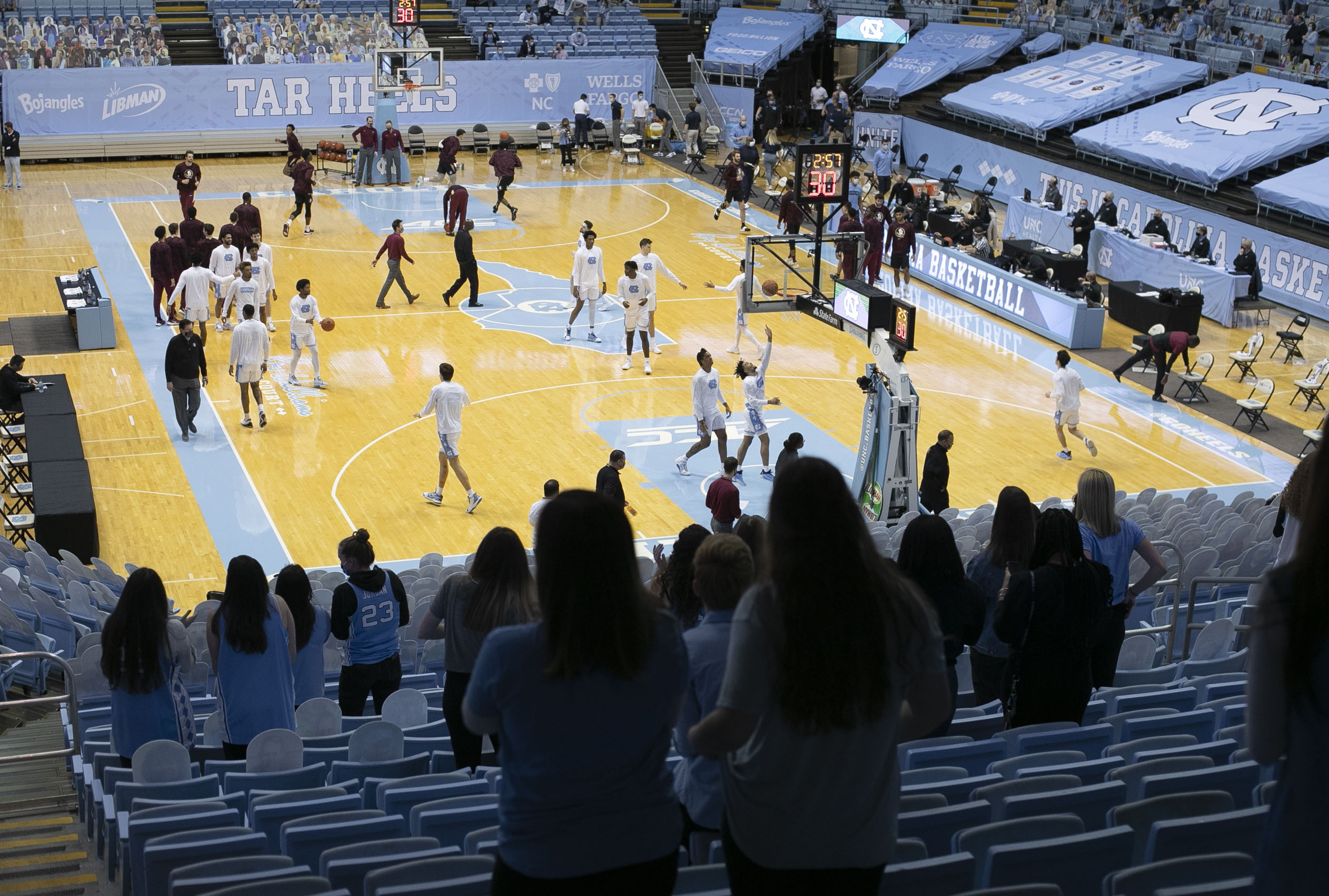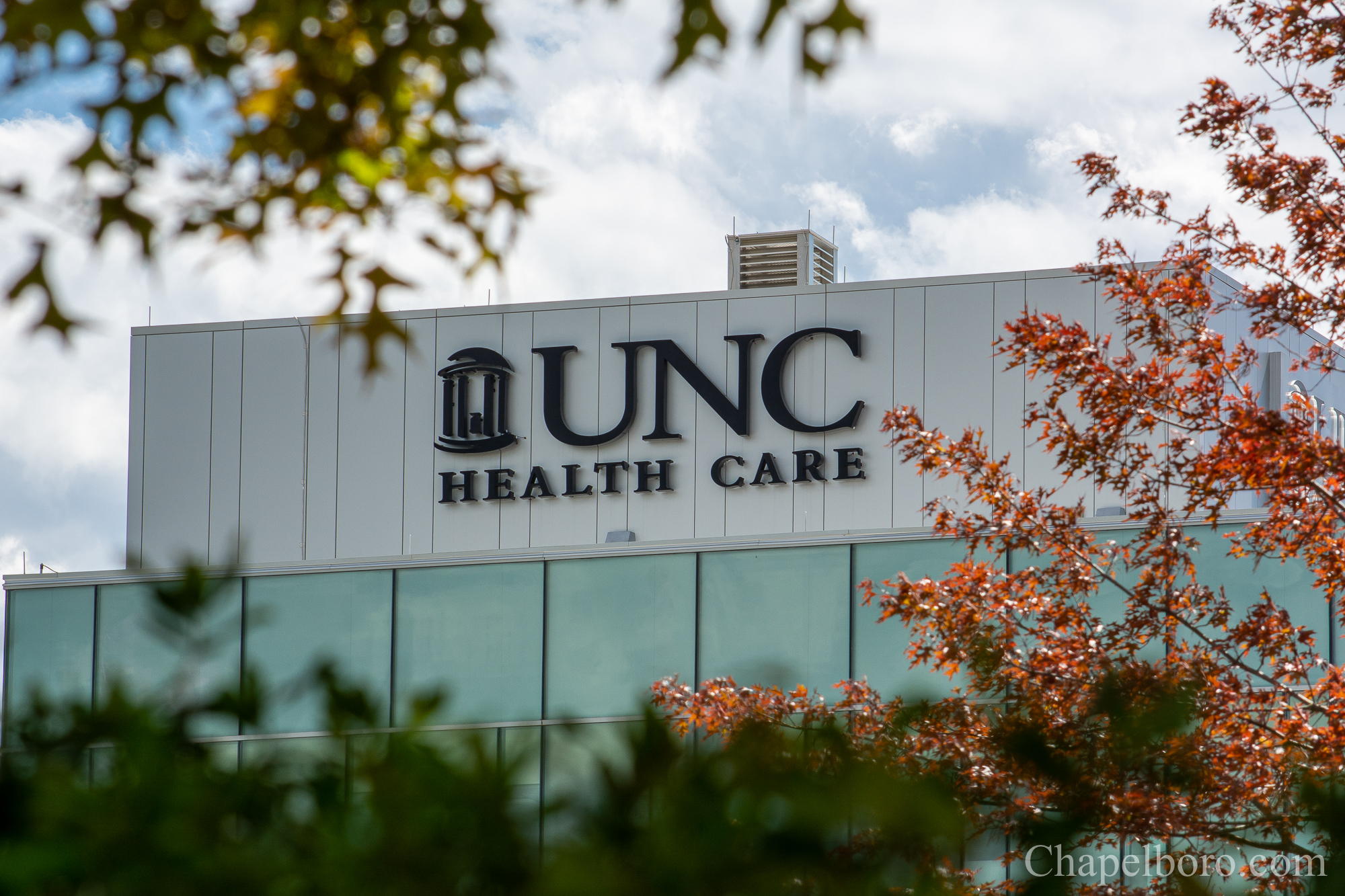
On Campus With The Coronavirus: How Safe?
A perspective from Hassan Melehy
When the coronavirus first became news, as a UNC-Chapel Hill faculty member since 2004, I was proud to learn that our School of Medicine and Gillings School of Public Health were at the forefront of research on the pandemic. So I had confidence in our administrators when in March they decided to move all instruction online and ask students to stay away from campus. Though the transition was bumpy, we were offered an impressive set of resources and detailed instructions. In large part thanks to our fine students, classes were taught effectively for the last weeks of the semester.
It was my first try at remote teaching. Despite success, it became even clearer to me that a vital part of learning is students’ face-to-face encounter with their peers and their instructor. Toward the end of the semester some of my students confirmed that in-person classes are at the core of their college experience. Along with many other faculty, I take it as good news that UNC-Chapel Hill administrators recognize this and, despite the nationwide proliferation of online learning for the last ten or fifteen years, are making efforts to resume on-campus instruction as soon as possible. Of central concern to the entire campus community is safety. In recent weeks administrators have devised an extensive program that includes the following: larger classes will be taught online, large classrooms will be freed up for socially distanced smaller classes, masks will be required and provided, restrooms and hallways will be continually cleaned.
But along with many UNC-Chapel Hill faculty, students, and staff, I have strong reservations. Administrators have made plans with limited input from faculty, even more limited input from students and staff. The plans strike many of us as overly optimistic. Though masks and social distancing have proven effective worldwide, how cautiously will people observe the guidelines on campus this fall? Will they wash their hands as often as they should? Will faucets and toilets be disinfected after each use? Even if students observe protocols on campus, what about off-campus events? In the New York Times last week, Temple University psychology professor Laurence Steinberg called current plans at most colleges “delusional” because they rely on a level of compliance quite unlikely to be attained.
As UNC-Chapel Hill administrators tell us, their roadmap entails risks and consequently has “off-ramps.” But they’ve been vague on exactly when an “off-ramp” might be taken. The truth is that if we stick with current plans, certain rates of infection, illness, and death are inevitable. This raises a serious moral question: how can students, faculty, and staff be asked to return to campus when some will get sick and some may die? We can’t address this question unless we have a clearer idea of risk than administrators have given. In meetings with faculty they eagerly detail safety protocols; but when asked for specifics on dangers, one answer has been “We don’t have a crystal ball.”
No one is asking for fortune-telling. But we’d like possibilities and probabilities. Since early in the pandemic the Centers for Disease Control has published likely rates of infection and mortality for the country and each state. Certainly the world-class epidemiologists and public health experts on the UNC-Chapel Hill faculty, whom Chancellor Kevin Guskiewicz rightly praises, can provide such assessments for the campus and surrounding community. Once these are available, we can begin a real conversation about the practicality and morality of reopening the campus in the fall.

“Viewpoints” is a place on Chapelboro where local people are encouraged to share their unique perspectives on issues affecting our community. If you’d like to contribute a column on an issue you’re concerned about, interesting happenings around town, reflections on local life — or anything else — send a submission to viewpoints@wchl.com
Chapelboro.com does not charge subscription fees. You can support local journalism and our mission to serve the community. Contribute today – every single dollar matters.










